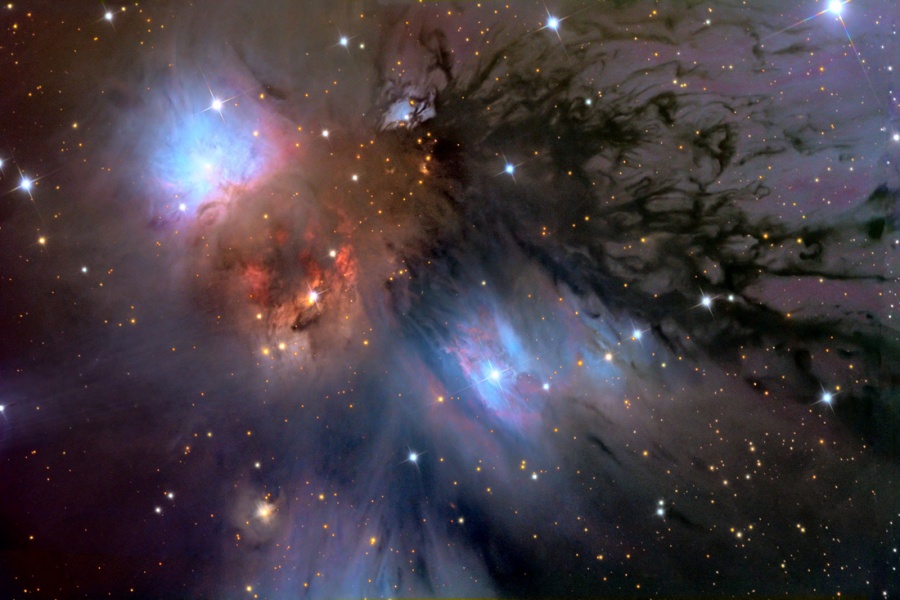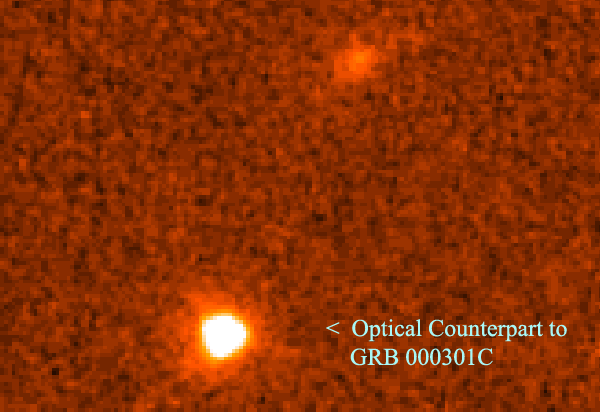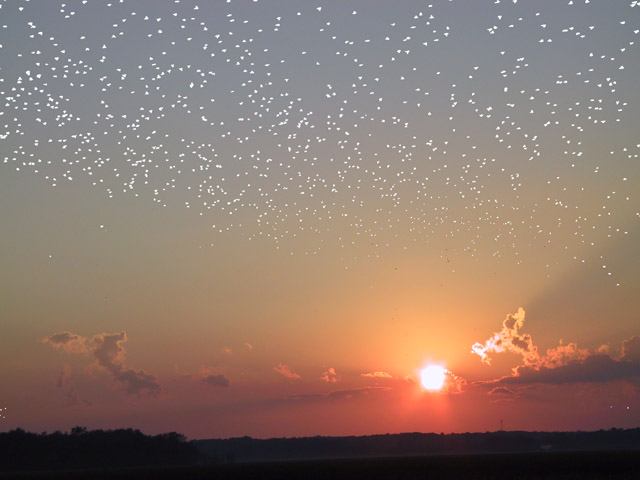NASA Picture of the Day
Discover NASA's Astronomy Picture of the Day (APOD)
NASA's Astronomy Picture of the Day (APOD) provides a new, stunning space image each day, accompanied by detailed explanations written by professional astronomers. The APOD service is one of NASA’s most popular resources for space enthusiasts and researchers alike. With daily updates, you can explore the universe from the comfort of your own screen.
Why NASA’s Picture of the Day Matters
The NASA Picture of the Day gives everyone access to high-resolution images of the cosmos, allowing for greater public understanding and appreciation of space exploration. Each image offers unique insight into NASA’s missions, cosmic phenomena, or distant galaxies, making it a valuable educational tool. Whether you're an astronomy hobbyist or a space science researcher, the APOD provides critical information and awe-inspiring visuals.
Leverage NASA's APIs for Data and Imagery
NASA offers several APIs for accessing space-related data. The NASA API allows developers to pull high-quality images, videos, and scientific data directly into their applications. Beyond the Picture of the Day, NASA APIs offer endpoints like Mars Rover imagery, Near Earth Object data, and planetary datasets. These APIs empower developers and educators to integrate NASA’s vast archive of data into websites, apps, and educational tools.
Explore the Universe with NASA's Open Data
NASA’s commitment to open data means you can access information from various space missions. This includes datasets from the Hubble Space Telescope, the Solar Dynamics Observatory, and other missions exploring distant planets, stars, and galaxies. NASA’s open data policy ensures that anyone can study space phenomena and contribute to scientific discovery.
NASA’s Earth Science Data for Climate and Research
NASA’s APIs also offer access to Earth observation data, which includes high-resolution images and scientific information about our planet. From monitoring climate change to tracking wildfires, NASA provides invaluable resources for environmental research and global sustainability efforts. By using NASA’s APIs, developers can help disseminate critical climate data and create innovative solutions for the future.
Build Applications with NASA’s Mars Rover API
The Mars Rover API is another powerful tool for developers. With this API, you can access images taken by the rovers currently exploring the surface of Mars. It allows you to see images from Curiosity, Perseverance, and Opportunity rovers, bringing Mars exploration to the fingertips of your users. Developers can use this data to create educational tools, apps, and visualizations that bring space exploration closer to the public.




